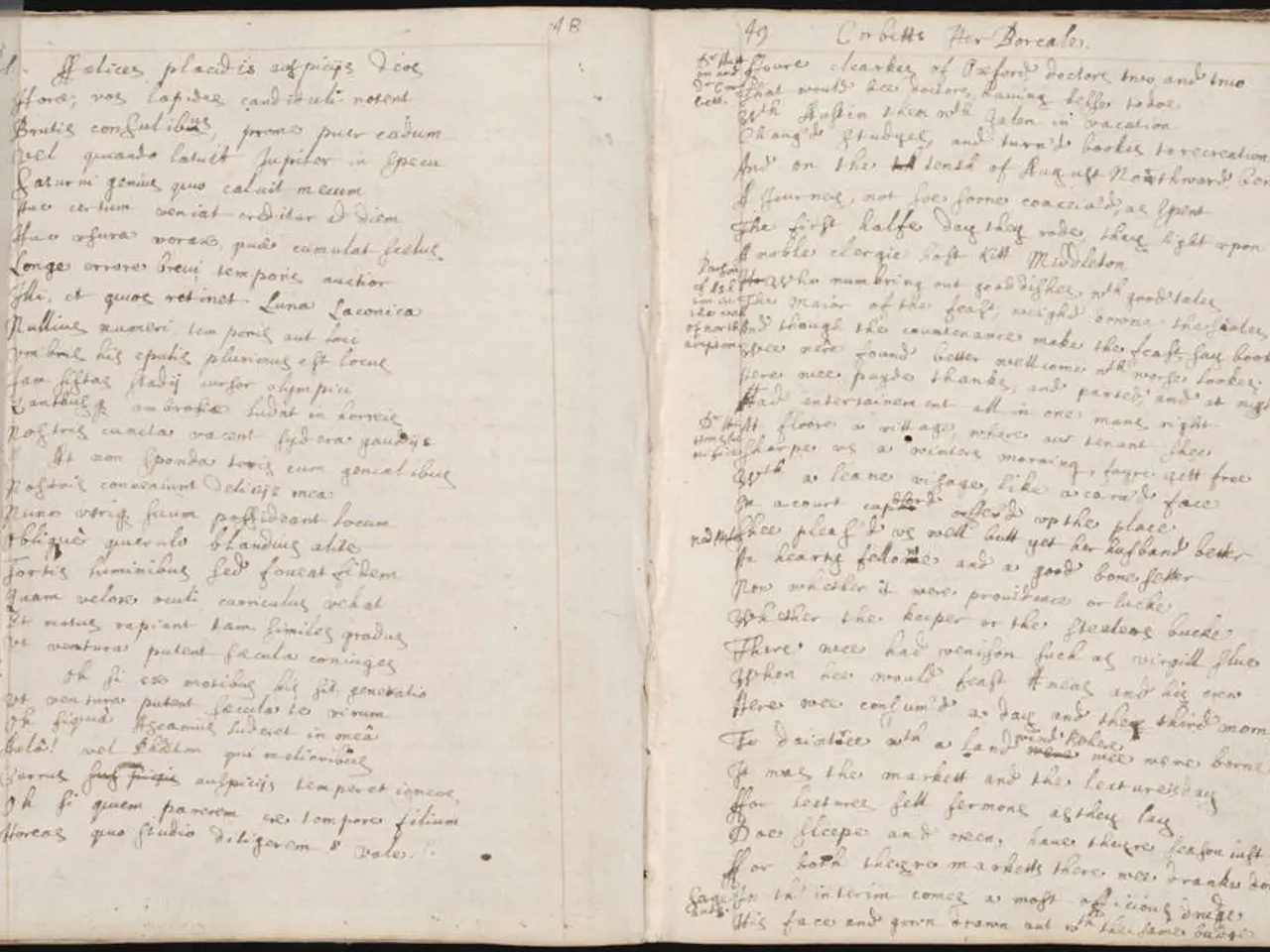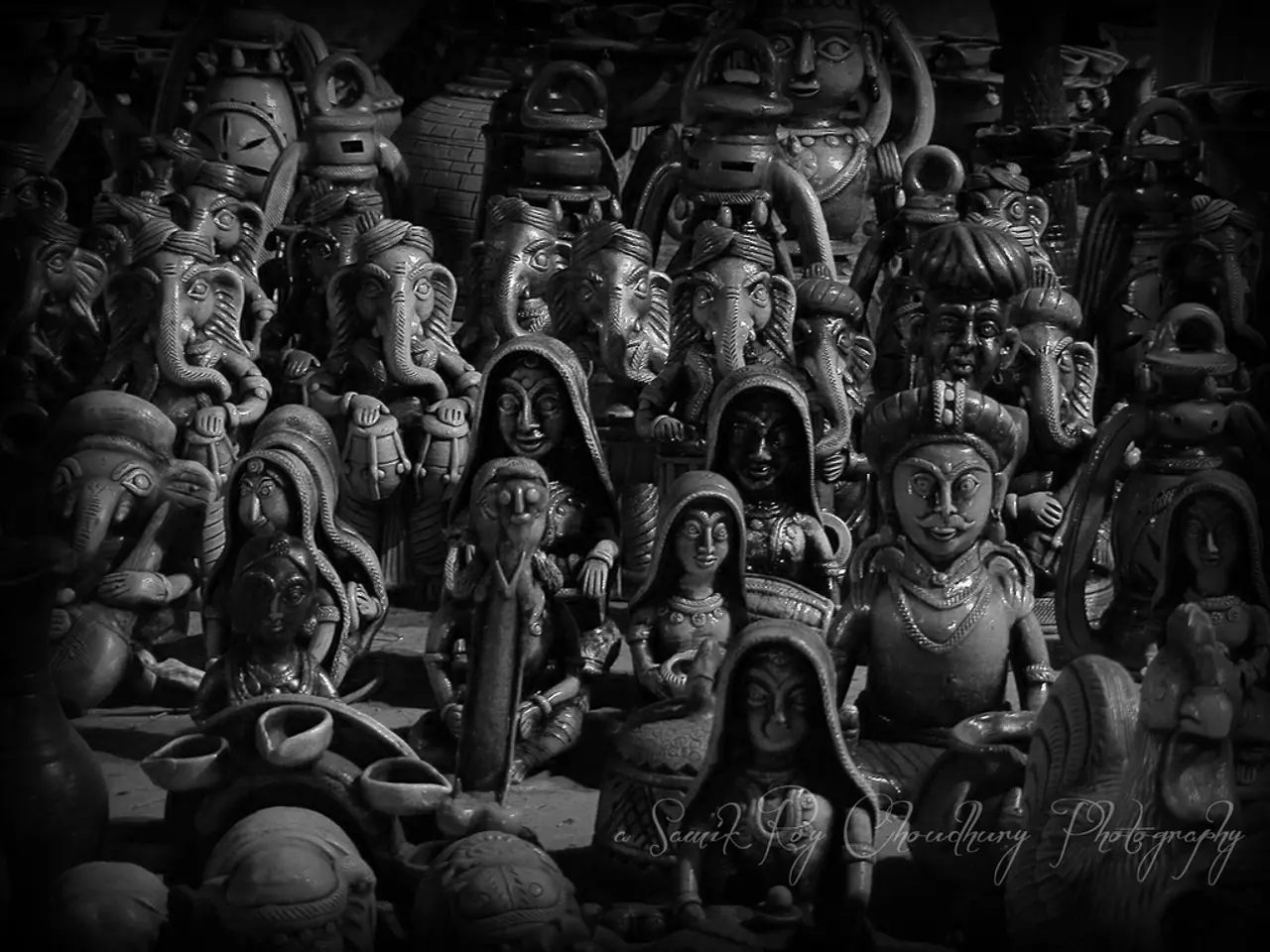Fundamental Law of India
The Indian Constitution, adopted on November 26, 1949, is a testament to the country's rich diversity and complex history. With 395 Articles, 8 Schedules, and a Preamble, it is one of the longest and most detailed constitutions in the world.
The Constitution's length and complexity can be attributed to several key factors. Firstly, India is a vast and diverse nation, home to over 1.2 billion people with myriad languages, religions, cultures, and traditions. To govern such a multifaceted society, the Constitution needed detailed provisions to accommodate various social, cultural, and political realities.
Secondly, the Constitution reflects a unique blend of influences. It integrates modern ideas of democracy and justice with traditional Indian values, colonial realities inherited from British rule, and constitutional experiences of at least nine other countries. This makes it a comprehensive and complex document that reflects the country's diverse history and aspirations.
Thirdly, unlike many constitutions that are brief and broad, India’s Constitution includes extensive provisions on fundamental rights, duties, directive principles, and detailed administrative mechanisms to address the specific needs of a newly independent and populous democracy. It covers union-state relations, the parliamentary system, judiciary, and social justice, contributing to its length.
Lastly, the Constitution emerged directly from the freedom struggle, which infused it with commitments to justice, equality, and liberty for all citizens. The framers crafted it as a consensus document representing varied interests and ideologies, leading to detailed, often meticulous clauses to balance these viewpoints.
The Indian Constitution has borrowed elements from various democracies, a common strategy in constitutional drafting. It has incorporated provisions from the Government of India Act of 1935, the Canadian Constitution, the Australian Constitution, the British Constitution, the US Constitution, the Irish Constitution, the Japanese Constitution, the Weimar Constitution of Germany, the Soviet Constitution (USSR, now Russia), the French Constitution, and the South African Constitution.
Despite criticism for being cumbersome and lengthy, the Constitution has proven effective over 70 years of experience. It has provisions for the appointment of state governors by the Centre, the advisory jurisdiction of the Supreme Court, and the method of election of the president. It also includes provisions for the procedure established by law, the suspension of fundamental rights during emergency, and the ideal of justice (social, economic, and political) in the Preamble.
Moreover, the Constitution includes provisions for directive principles of state policy, fundamental rights, independence of judiciary, judicial review, and impeachment of the president, among others. These elements are considered relevant for any democratic constitution.
Over the years, the Indian Constitution has been appreciated for its organic nature, flexibility, and workability, despite being a young democracy with a transitional and diverse society. Its reliance on various democratic constitutions is not unusual, and the relevance of borrowed provisions from other Constitutions in the Indian Constitution is not considered alien for a constitutional democracy.
The remaining provisions of the Constitution came into force on January 26, 1950, which is recognized as the 'date of its commencement' and celebrated as Republic Day. The Indian Constitution's integration of provisions from numerous democratic sources is a common practice in constitution writing, and its adoption of elements from various democracies is a common strategy in constitutional drafting.
The Indian Constitution's intricate structure, reflecting its length and complexity, mirrors the country's diverse society and its necessity for detailed provisions to accommodate various social, political, and cultural realities. Furthermore, the Constitution draws upon a range of democratic constitutional influences, borrowing elements from multiple sources, such as the Canadian Constitution, the US Constitution, and the French Constitution, among others, to ensure comprehensive governance in a newly independent and diverse democracy.







